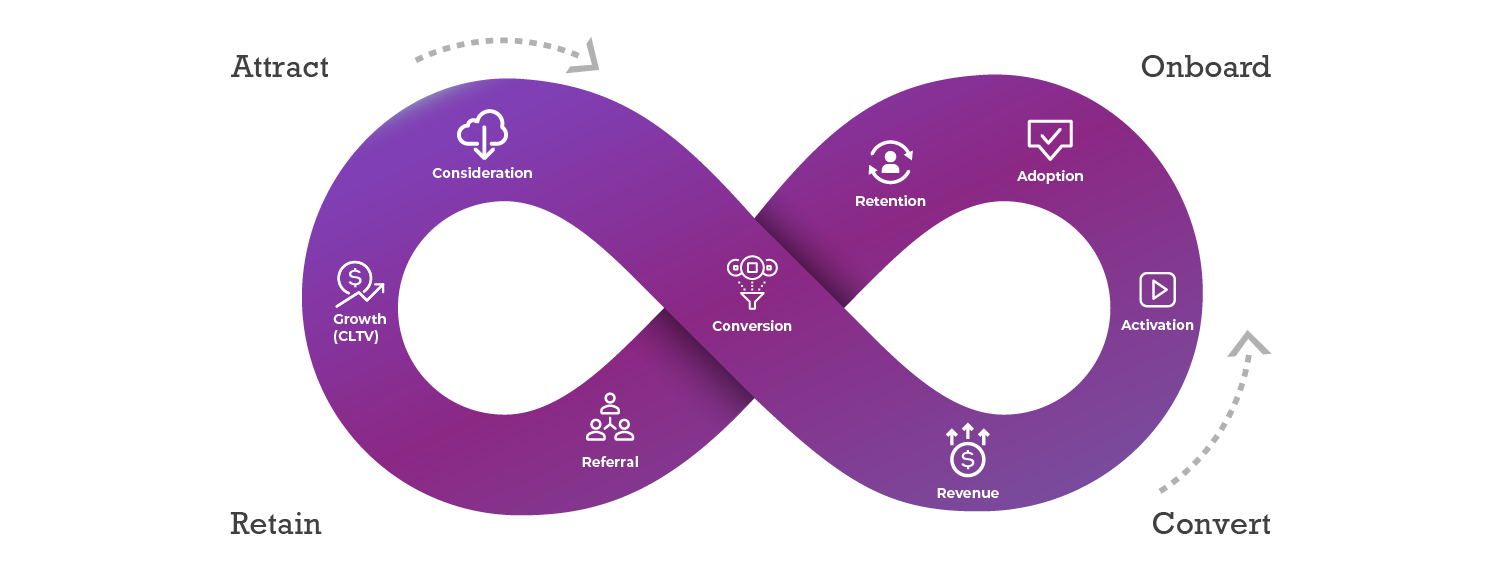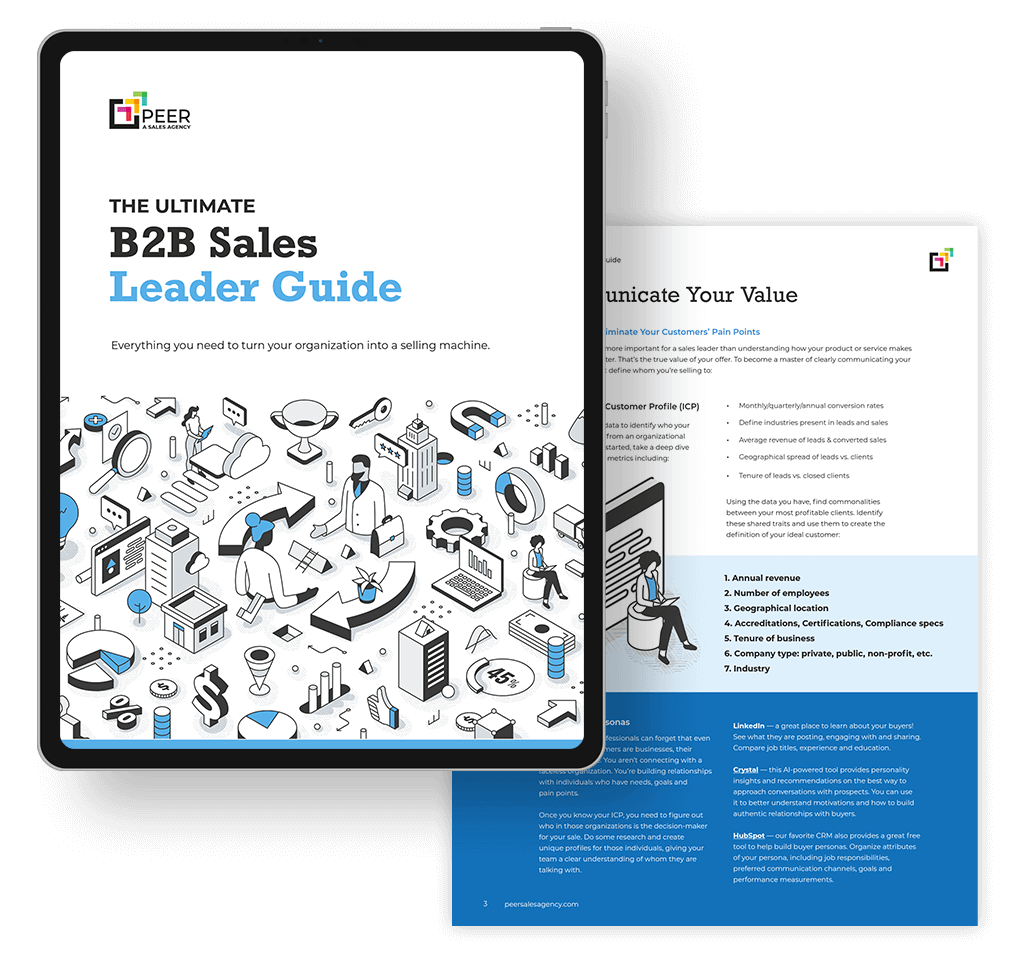When people think about sales, they usually think of newly acquired customers. However, sales is much more than that. According to data collected by Gartner, about 80% of a company’s future profits will come from 20% of its existing customers.
Ever heard of the 80/20 rule or Pareto Principle?
Appealing to new customers is great but if you are constantly churning through customers it will be a challenge to remain profitable. However, it’s easier than you think to keep customers coming back for more and optimizing your customer lifetime value (CLV). You need to have 2 things — great messaging and a quality product or service.
Yep, that’s it!
First and foremost, your product or service should provide value to the end user. If it doesn’t, customers will start the search for a solution that does instead of buying yours.
Call out: “People don’t buy the best products; they buy the products they can understand the fastest.”
Then, you have to hone in on your messaging. “People don’t buy the best products; they buy the products they can understand the fastest.” That little quote from our friend Donald Miller is key to speaking to a new customer. However, you’ll need to take it a step further and also tailor your message to each stage your buyer is in. Marketing to a new prospect who hasn’t heard of your business or product before should be different from marketing to a customer who has already purchased from you in the past.
By tailoring your message and marketing efforts to each stage of the customer lifecycle, your business will be able to increase profits and customer retention. That’s what customer lifecycle sales is all about.

What is Customer Lifecycle Sales?
Customer lifecycle sales is the process of nurturing customer relationships in each stage of the customer lifecycle to keep them coming back.
And why is this important? It’s actually cheaper—and more effective—to keep current customers coming back rather than find new ones. You have a 60% to 70% chance of selling to an existing customer, whereas you only have a 5% to 20% chance of selling to a new customer.
Not to mention, if you are constantly saying goodbye to current customers you’ll have to bring in new customers at a much higher rate in order to improve your market share.
Examples of Customer Lifecycle Sales
Remember how we said messaging is one of the most important things you’ll need to maximize your CLV? This is how you do it. Continue to message them and build a relationship with them through various stages of their customer journey using tactics such as:
- Automated email marketing (welcome messages to post-purchase follow-ups)
- Display ad retargeting
- FAQs
- On-site personalization
- Social media retargeting
- Direct mail and phone calls
5 Strategies to Increase Customer Lifecycle Revenue and Boost Profits
Now, let’s get into the type of messaging that really works.

1. Create Helpful Content to Answer Their Questions
Whether customers are buying from you for the first time, or coming back for the 6th, they need to feel assured and confident in their decision. One of the easiest ways to do this is to provide content that helps answer common questions a prospect or existing customer may have.
- Blogs
- FAQs
- Social media posts
- Videos
All of these methods are great vehicles for answering customer questions, reducing risk or fear, and increasing sales!
One of the best ways to discover the questions your customers have is by talking to your sales team. Sales speaks directly to your customers. They hear how customers talk about your products and services and know how to field the objections they may have.

2. Start Collecting Proof Points
Customers trust word of mouth more than anything else. If someone they trust or respect says they use and like your product, they are much more likely to purchase it for themselves (and vice versa).
Create a way to gather feedback from customers and use that to develop case studies and testimonials to prove the value of your product/service. By interviewing current customers you can use their words to describe your product and show how it solved their problems.

3. Create Comparison Guides
Customers want to feel assured they are getting a quality product and not wasting their money. Before they purchase—or repurchase—a product or service they will likely do research to compare what else is out there in the market.
By having direct comparison guides for each of your products or services, you get to control the narrative about why your product is superior. And trust us, if you don’t have these, you are at the mercy of what your competition or third-party review sites are saying.

4. Provide Customer Onboarding Documentation
First impressions are everything, which is why your onboarding process is so important. Having the right touchpoints in place to guide your customers through their first interactions as a customer will be the backbone to your entire relationship. Start it off right with:
- Welcome emails
- Product usage guides
- FAQs
- Customer forums
- Customer support chat
If you want customers to continually purchase your products you need to have great customer service, and this is where it starts. After all, more than 70% of customers choose to remain loyal to brands based on the quality of customer service.

5. Personalization is Key
Customers have come to expect some level of personalization. No one wants a general or vague message sent to them. They want to feel as if each piece of content they see was written specifically for them.
And no, simply putting their name on it isn’t enough. However, identifying which stage of the customer lifecycle they are in and providing relevant content is a great place to start.
If you can successfully implement these 5 customer lifecycle strategies then your company should start seeing a measurable increase in profits.
Want to develop a customer lifecycle revenue strategy for your business but don’t know where to start? We can help! Contact one of our experts to find out how you can increase your percentage of returning customers.



